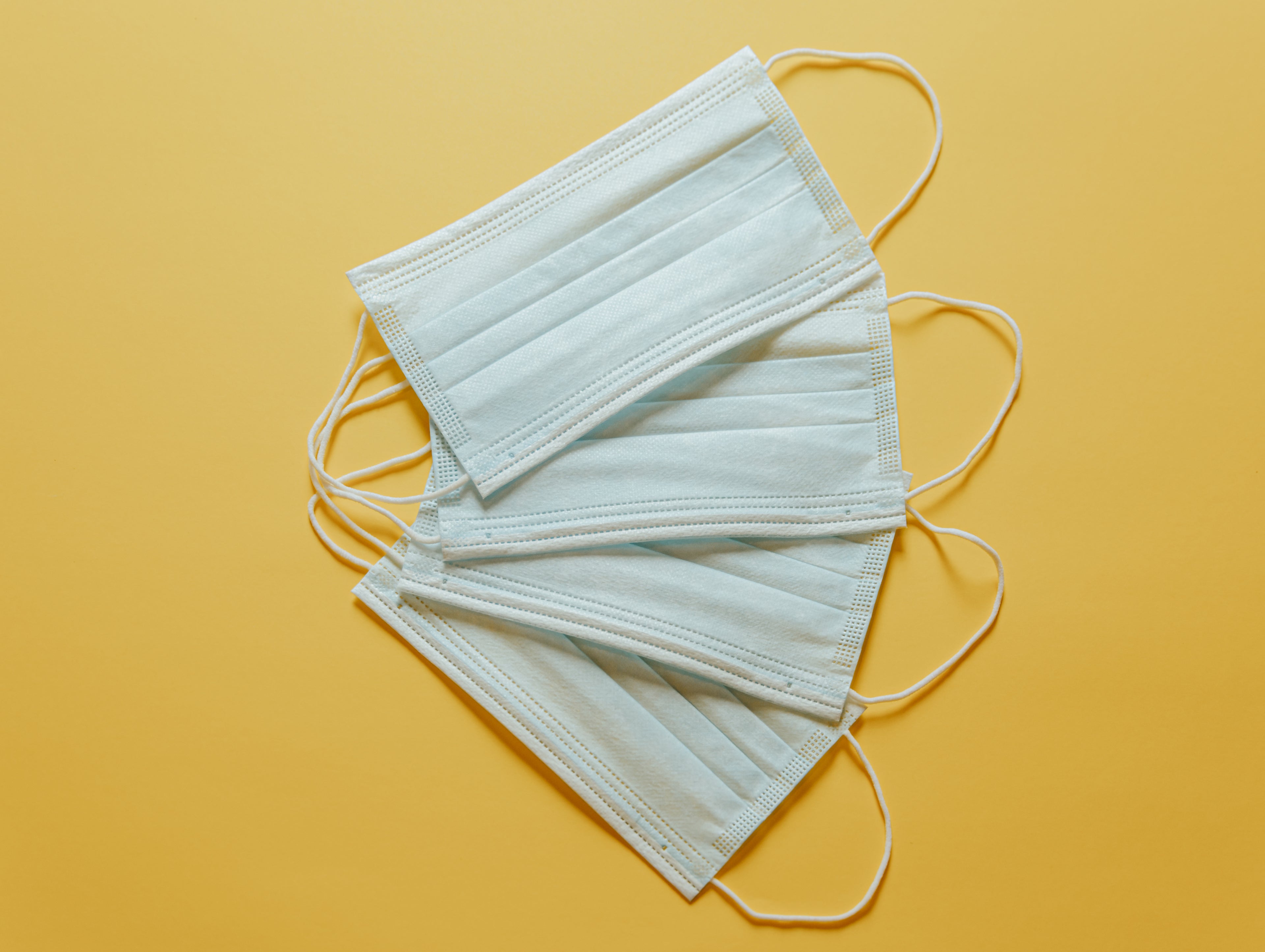
Medical Garment Waste Facts
The health sector contributes the equivalent of 4.4% of global net emissions to the climate carbon footprint. It has been suggested that between 20% and 70% of health care waste originates from a hospital's operating room, the second greatest component of this are the textiles used, and up to 90% of waste is sent for costly and unneeded hazardous waste processing.
Five Million Tons of Medical Textile Waste Each Year
The healthcare industry is responsible for generating over 5 million tons of textile waste annually. A large portion of this waste comes from disposable PPE, hospital gowns, and other medical garments. The disposal of these textiles primarily involves landfilling and incineration. (1)
Disposable Gowns Are a Major Environmental Burden
Disposable gowns, made from synthetic fibers like polypropylene, contribute to long-term environmental damage. These gowns are not biodegradable, and the production processes require substantial amounts of water and energy, which further exacerbate their environmental footprint. (2)
PPE Waste is Polluting Our Oceans
A significant portion of discarded PPE, especially gowns and face masks, ends up in the ocean. These materials break down into microplastics, which pose risks to marine life and, ultimately, human health. The increase in medical waste from the pandemic has heightened this environmental issue. (3)
Reusable Medical Garments Cut Waste by 80%
Transitioning to reusable medical garments can reduce waste by up to 80%, significantly lowering the carbon emissions and water usage associated with single-use items. Modern laundry technologies ensure that reusables maintain high hygiene standards, thus providing a sustainable alternative to disposables. (4)
Open Burning of Medical Waste Releases Toxic Emissions
In certain countries, the open burning of medical waste, including discarded garments, releases harmful pollutants such as dioxins into the air, contributing to air pollution and posing significant health risks. (5)
References:
1) Surgical Waste And A Circular Medical Textile Economy | Bone & Joint https://boneandjoint.org.uk/Article/10.1302/1358-992X.2024.8.017
2) Reusable vs Disposable Textiles and Gowns in Healthcare https://www.unitex.com/reusable-vs-disposable-healthcare
3) The Environmental Impact of Medical Waste Disposal Earth.Org https://earth.org/medical-waste-disposal
4) Reusable vs Disposable Textiles and Gowns in Healthcare https://www.unitex.com/reusable-vs-disposable-healthcare
5) The Environmental Impact of Medical Waste Disposal | Earth.Org https://earth.org/medical-waste-disposalBone & Joint
Blog posts
View all-

What To Wear After Surgery
Discover the best post-surgery clothing to support a smooth recovery. From front-opening tops for mastectomy patients to adaptive trousers for...
What To Wear After Surgery
Discover the best post-surgery clothing to support a smooth recovery. From front-opening tops for mastectomy patients to adaptive trousers for...
-

Falling With Style: Apres Ski Arm Slings
Skiing has always been synonymous with elegance—until you find yourself in an ER, pairing a hospital-grade arm sling with your...
Falling With Style: Apres Ski Arm Slings
Skiing has always been synonymous with elegance—until you find yourself in an ER, pairing a hospital-grade arm sling with your...
-

Guide to post surgery wardrobe
Specialist clothing is transforming the post-surgery recuperation experience by prioritising comfort, accessibility, and ease of movement. With features like popper...
Guide to post surgery wardrobe
Specialist clothing is transforming the post-surgery recuperation experience by prioritising comfort, accessibility, and ease of movement. With features like popper...
1
/
of
3


